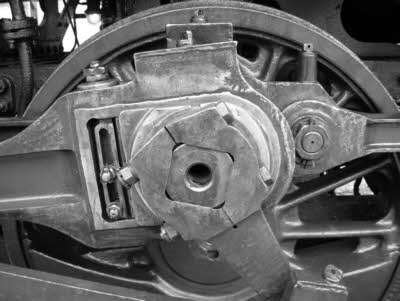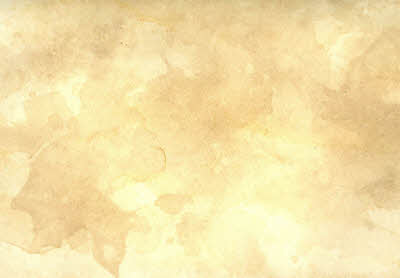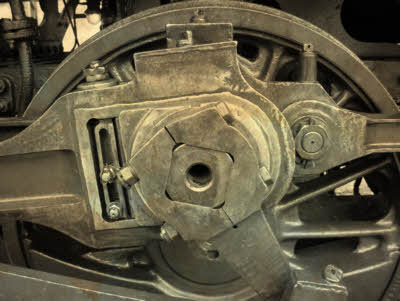Page 1 of 1
Aging an image
Posted: December 8th, 2013, 9:50 pm
by couman
I have dabbled with restoration of old images, but until today had never tried the reverse process – aging a new image. Adding noise, softening of edges, and using a multipoint gradient to control HSV variations were straightforward. However, when it came to adding stains, chips, tears, and scratches, I couldn’t come up with realistic effects.
Any suggestions?
Re: Aging an image
Posted: December 8th, 2013, 11:01 pm
by ksinkel
I have two suggestions. You might be able to simulate realistic tears by photographing actual tears and merging them with the image using composite. If you make the tears in a totally black print, you may not even need any masks.
For stains, you might want to try Tint through a mask. The mask could be a photograph of some pooled dark liquid on a light surface.
Another possibility would be to print the image, actually distress the print and then rephotograph it.
I haven't actually tried any of these ideas but would be interested in knowing if they were at all helpful.
Kiril
Re: Aging an image
Posted: December 8th, 2013, 11:57 pm
by couman
Thanks, Kiril.
I should have thought of those ways -- to get realism, make use of the real thing :)
Re: Aging an image
Posted: December 9th, 2013, 10:32 am
by Dieter Mayr
Bob, Kiril, a way I like to stain / age / tint images is the use of tea stained paper.
I use paper from a sketching block which is not so smooth and takes on the liquid well, and normal black tea.
I use either a brush for a uniform pattern or spilling some tea on the paper for irregular shapes, or placing a cup on the paper for a characteristic ring.
After the paper has dried I make a scan and use Composite with the Filter option to "age " and stain my image.
Below the original image, the paper scan and the composite result:

- Antrieb.jpg (23.82 KiB) Viewed 4583 times

- Paper_tea.jpg (11.53 KiB) Viewed 4585 times

- Antrieb_Tee.jpg (25.54 KiB) Viewed 4580 times
Re: Aging an image
Posted: December 9th, 2013, 12:19 pm
by couman
Neat way to do it, Dieter. Thank you. [I guess one could easily build a library of tea stains. :)]